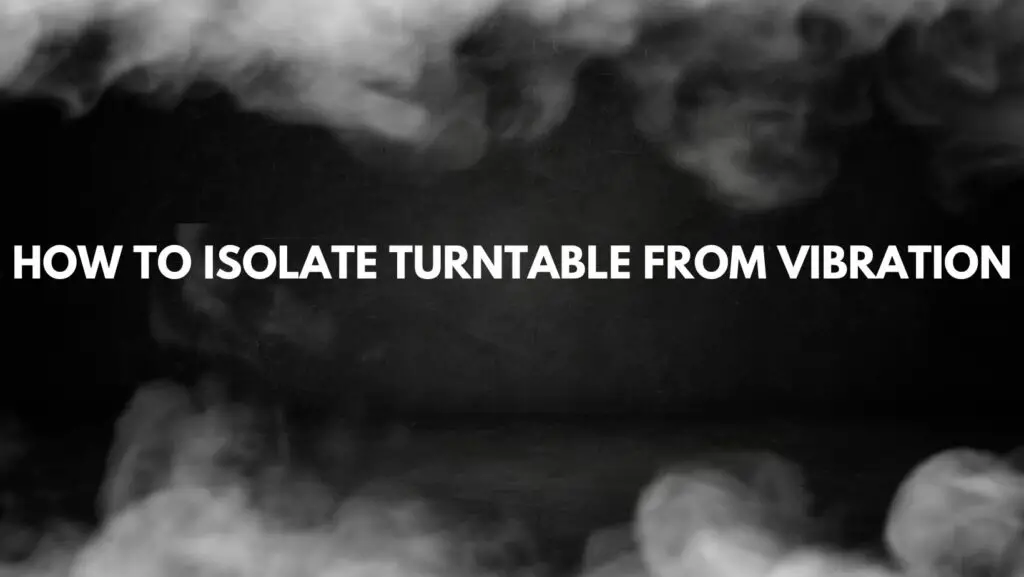For any audiophile or music enthusiast, the battle against unwanted vibrations is a critical aspect of ensuring pristine audio playback. The delicate stylus tracking the grooves of your vinyl records is highly sensitive to vibrations, which can lead to distorted sound and diminished listening pleasure. In this guide, we explore effective strategies to isolate your turntable from vibration, allowing you to enjoy the full richness and clarity of your analog music collection.
- Choose a Sturdy Surface: The foundation of any vibration-free turntable setup begins with a stable surface. Opt for a solid, sturdy piece of furniture or a purpose-built turntable stand designed to minimize vibrations. Avoid placing your turntable on surfaces prone to movement or resonance.
- Decoupling Devices: Utilize decoupling devices to isolate your turntable from external vibrations. Isolation platforms, spikes, or isolation feet can be placed between the turntable and its supporting surface to absorb and dissipate vibrations effectively.
- Isolation Pads and Matting: Place high-quality isolation pads or matting beneath your turntable. These materials help absorb and dampen vibrations, preventing them from reaching the delicate components of the turntable. Opt for materials specifically designed for audio isolation, such as cork or rubber-based pads.
- Invest in a Turntable Isolation Base: Consider upgrading to a turntable isolation base. These specialized platforms are designed to provide a dedicated and vibration-free environment for your turntable, ensuring optimal performance and audio quality.
- Proper Placement: Be strategic about where you place your turntable. Keep it away from sources of vibration, such as speakers, subwoofers, or large electronic equipment. If possible, create a dedicated listening space to minimize foot traffic and external disturbances.
- Vibration-Resistant Turntable Stand: Invest in a turntable stand designed with vibration resistance in mind. Many modern stands incorporate materials and construction techniques to minimize resonance, providing a stable and secure platform for your turntable.
- Use Isolation Platforms for Electronics: If your turntable shares a space with other audio components, consider placing them on dedicated isolation platforms. This prevents vibrations from one component affecting the performance of another, maintaining the overall integrity of your audio setup.
- Optimize Speaker Placement: Carefully position your speakers to minimize vibrations transmitted to the turntable. Experiment with speaker placement to find the optimal configuration that ensures clear and accurate sound without compromising the stability of your turntable.
- Minimize Footfalls: Vibrations from footsteps can impact the performance of your turntable. Consider placing your turntable in an area with minimal foot traffic or, if possible, use vibration-dampening materials on the floor to reduce the transmission of vibrations.
Conclusion:
Achieving a vibration-free environment for your turntable is a crucial step in unlocking the true potential of your vinyl collection. By implementing a combination of isolation techniques, from decoupling devices to specialized platforms, you can ensure that your turntable operates in a stable and undisturbed space. As you fine-tune your setup, you’ll discover a newfound appreciation for the nuanced and authentic sound that analog music has to offer. Happy listening!

